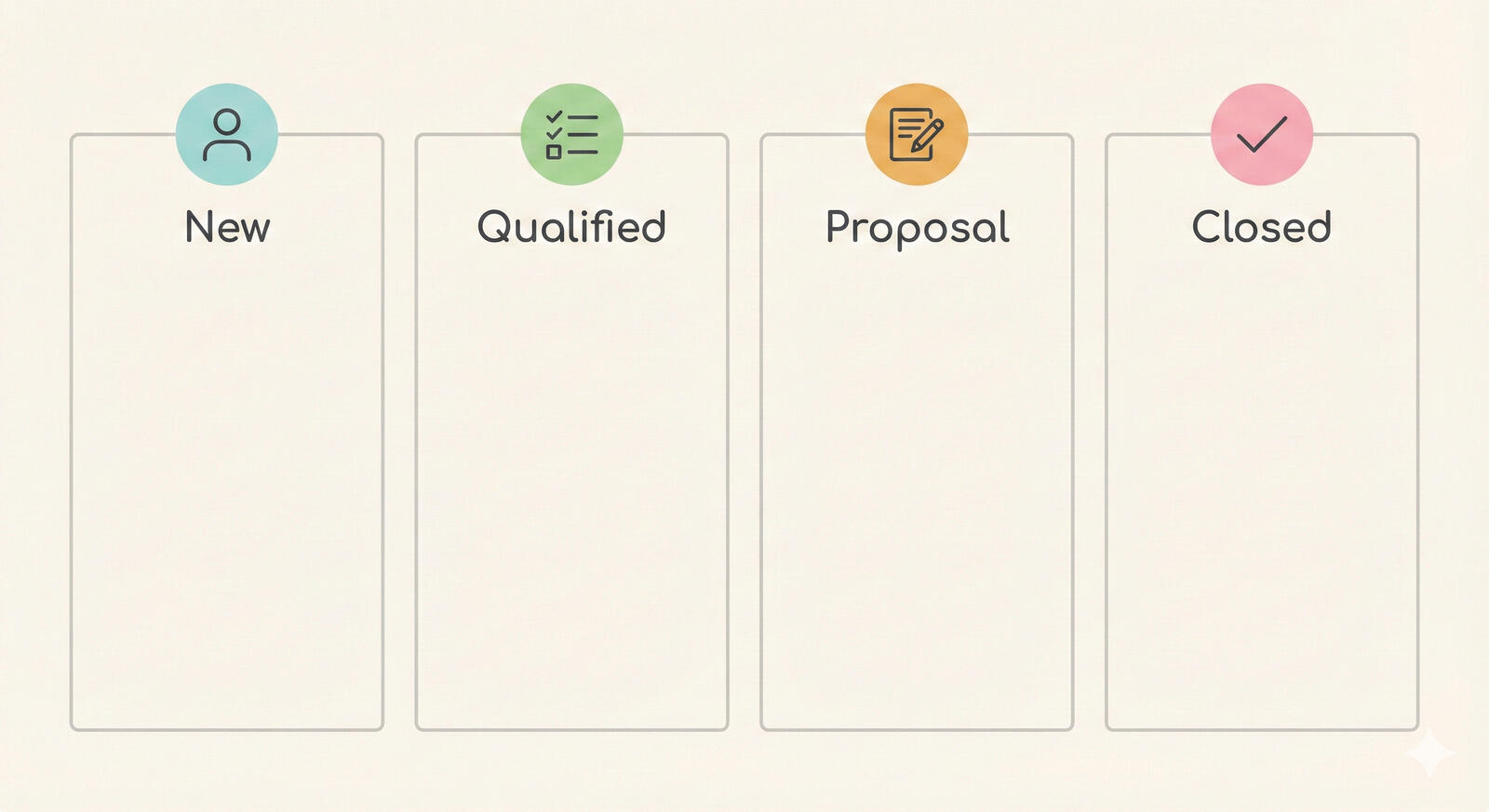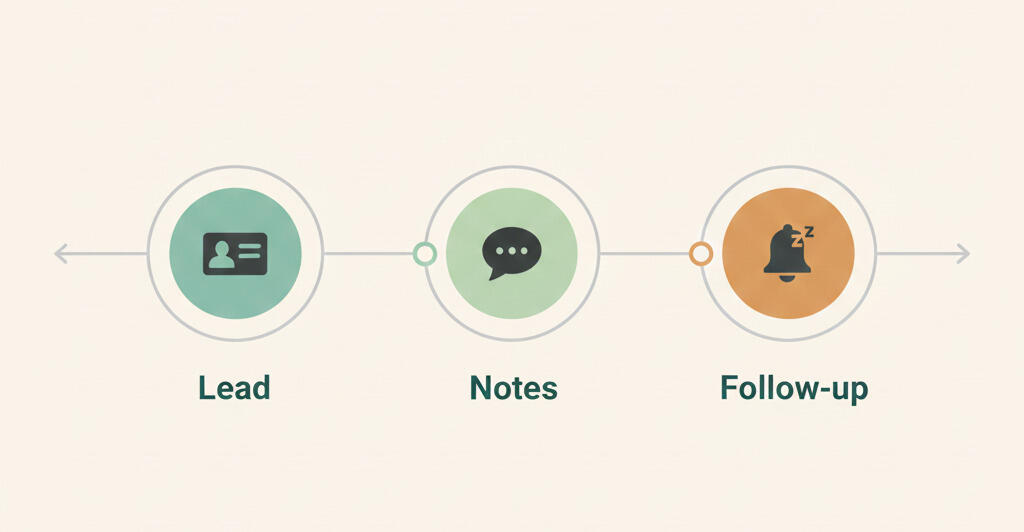3 business fundamentals: Time, tasks and people

Time, tasks and resource management
In every venture, there are some business fundamentals that everyone concerned with how well their companies are performing simply have to have a handle on. But what do we mean by ‘handle’ here? Really, we need to make sure we have a really good understanding and the ability to control how these fundamental elements are managed.
Time is an important aspect in many areas of human knowledge, study and activity, including religion, philosophy, and science. And diverse fields such as sport and the performing arts as well as business and industry, all reference time in some way within their measuring systems.
Ancient civilizations measured the passage of time using the sundial or related methods for marking the passing of time using the motion of the Sun relative to the Earth. The Egyptians incorporated annual time measuring devices into their architecture, using the Sun to cast a shadow in a certain position at a certain time within a temple, such as the one at Abu Simbel.
Stonehenge on Salisbury plain is also important to human understanding of time. It’s a place of astronomical significance as key elements are aligned to the sunset of the winter solstice and the opposing sunrise of the summer solstice. Its design also seems to suggest it acts as a celestial observatory. This may have allowed prediction of eclipse, solstice, equinox and other time-related celestial events important to the spiritual and pseudoscientific thinkers of the day.
If Rome wasn’t built in a day, then neither was Stonehenge! Indeed, best evidence gathered from studying the entire area suggests development of some form or another went on for 1500 years, from 3100 to 1600 BCE.
This brings us to the topic of work. The specific tasks required to complete an undertaking like Stonehenge is staggering, to say the least. The coupling of human ingenuity and muscle power with the efforts of domesticated beasts to transport and erect monolithic stones weighing up to 25 tons has always raised questions as to how exactly it was done.
Certainly, creating a workflow that was efficient and that didn’t waste effort or lives is worthy of comparison with principles of modern project management. To effectively execute the workflow required an understanding of how best to manage resources, chiefly, people.
The Stonehenge site seems to have had a permanent settlement nearby that may have served as a base from which to organize labor. However, over 1500 years, and with changing leadership and workforces, we can only guess at the exact mechanisms that were in play which allowed labor to be co-opted for such an epic endeavor across generations.
Today, how all businesses make money is pretty much a direct result of how well they use time and manage tasks and people. Here, we discuss how to find out where time goes and how best to get control over workflow and resources.
Where does all the time go?
In a working environment, time has a habit of disappearing. OK, OK! Maybe not disappearing, but certainly, getting soaked up through distractions and side issues. Try this, for example. You arrive in the office early one day. Maybe it’s a physical geographical office, or maybe it’s a virtual office in a no-bricks company. Whatever, you’re at your desk an hour earlier and it’s to get a specific task or set of tasks done.
You sign in in and… email! Or someone else sees you’re online is aware of your online presence and would like a quick about something… Or messages about employee sickness… Before you know it you can be sidetracked and your time that’s been set aside for specific tasks can soak away.
As a business owner or a senior manager you’re probably pretty disciplined and really aware of the importance of managing your time well and prioritizing things. But supposing you’re an intern, a second jobber or someone that doesn’t necessarily see work through the lens of time, such as someone in a creative role. It’s easy to get pulled away from the things you should be doing.
Tracking time: On paper or with software?
Of course manual timesheets have long been used for the purpose of recording and gathering the amount of time workers spend on business related activities. But like all paper-based systems, this shares a number of drawbacks, including, the potential for loss of paperwork, transcription errors and, it’s sad to say, falsification.
Today’s modern time tracking apps provide an excellent solution to the problem of accurately recording time, eliminating errors and reducing the opportunity for falsification.
There is no shortage of choice when it comes to time tracking apps. So how do you choose one that’s right for you?
When you’re trialing one or otherwise evaluating a time tracking app, here’s a couple of questions to ask yourself:
- How simple is it to use? – You really want something that is easy for workers to use but also that’s not simplistic when it comes to management capability and analytics. Many project management pros expect heavyweight features that originate in formal project management practice.
- Breeze provides as much simplicity for users as you want, and also as much complexity for management oversight as you want too. Even if you want the ‘classical’ Gantt chart, Breeze lets you have as much simplicity or complexity as you want.
- Does it plug in to anything else we like to use? Time tracking tends not to be an isolated capability – it’s more likely to be a specific function within a larger application. So, just like Breeze is a project management tool, where time tracking is just one of its functionalities that contribute to the overall mission, other time trackers might be part of another application, such as one for billing. Or one for accelerating software development?
- But it’s not just about being part of something that does something else; it’s also about being able to plug into third-party apps, so you can assemble a fabric of technology that works for your business and is favored by you and your workers.
Managing tasks
Once you have considered the capability of counting time, it’s worth thinking about managing tasks. Tasks are the specific, individual steps that it takes to achieve a given aim. Remember, the time each task takes can be counted by an app. So, it makes perfect sense to use an app to manage tasks. Perhaps even the same app?
Breeze lets you manage tasks with a simple job board. With three vertical columns you use a three list job board - Todo, Doing and Done, to track what’s in the pipeline, what’s in progress and what’s completed. It’s as simple as simple is!
You can expand upon this simple idea to create jo boards that allow you to manage any aspect of your business.
- Time driven boards – Integrate deadlines with task lists
- Weekly reviews – What can you learn from the week’s activity?
- Hiring – Where is each applicant in the hiring process?
- Software development – Itemize development steps, including QA
Managing resources and people
Managing resources is critical to getting tasks done on time. It could be making sure you have adequate materials available to complete the task. Or access to specialist equipment like machine tools or a CAD workstation. Maybe it’s specialist skills possessed by specific workers. To deliver against timelines and meet the demands of critical paths, it’s vital to align tasks with resource management.
Once you are using an app to count time and manage tasks, it is a natural extension to use an app to handle resource management. Once again, Breeze lets you manage your resources and people all in one place, simplifying the process across the board. With time, tasks and resource management all in one place in a way that can be as simple or as complex as you want, Breeze is one of the best tools available for managing these fundamentals of business.
Of course you can use Breeze in conjunction with any of your other favored web apps too. Our major integrations include:
Mobile platforms
- Breeze ioS for iPhone. Download on the App store
- Breeze for Android. Get it on Google Play
Accounting & invoicing
- Freshbooks
Helpdesk & support
- Zendesk Support
- Groove
Software development
- GitHub
- Bitbucket
- Beanstalk
- Gitlab
- HockeyApp
WordPress
- Gravity Forms
Gantt Charts
- Ganttile
Cloud storage
- Dropbox
Time tracking
- Toggl
- Harvest
- Timeneye
- Timecamp
- Clockify
- Hubstaff
Collaboration
- HipChat
- Slack
- iDoneThis








